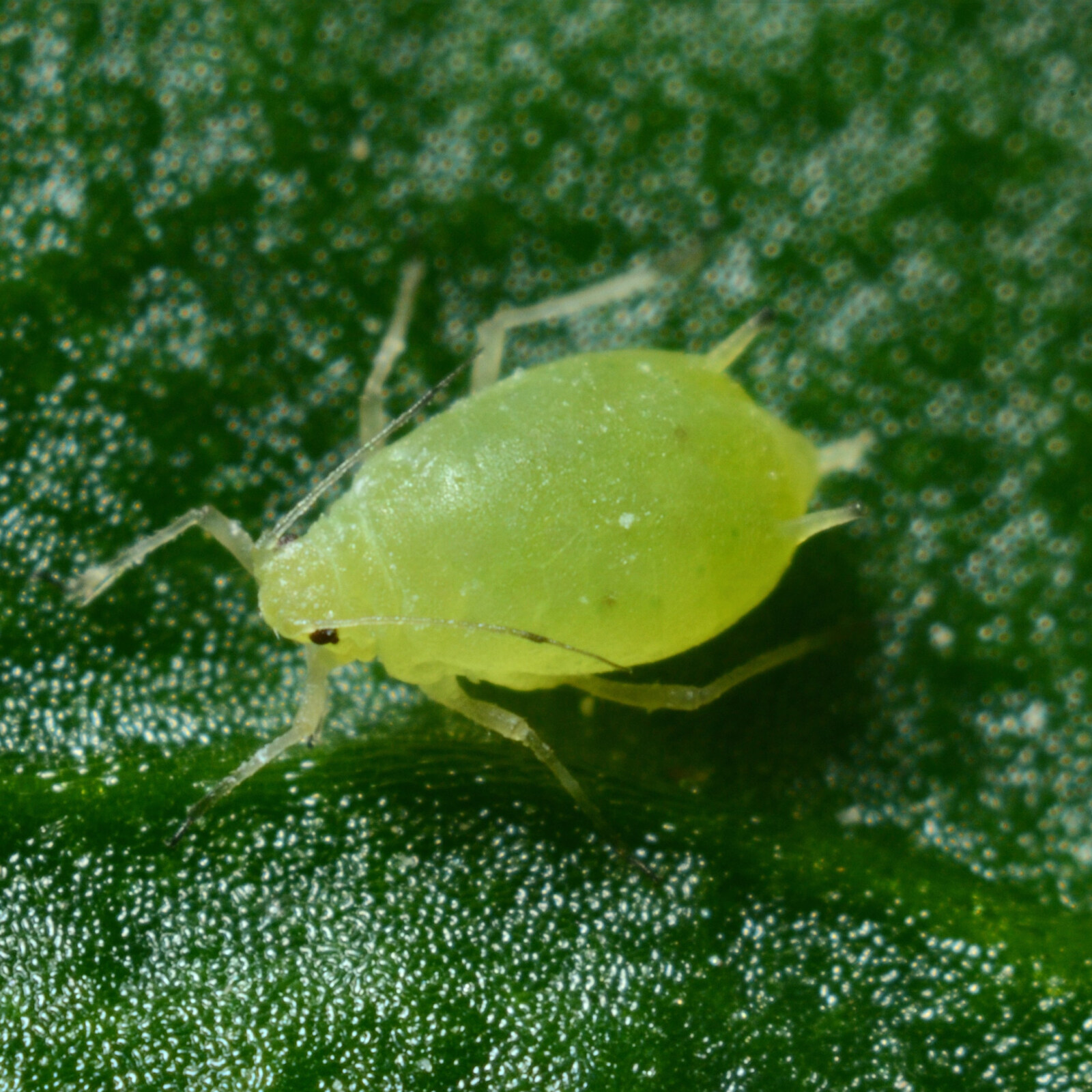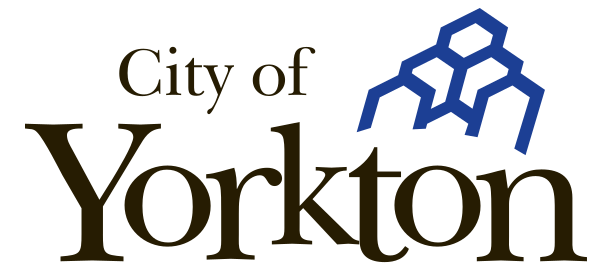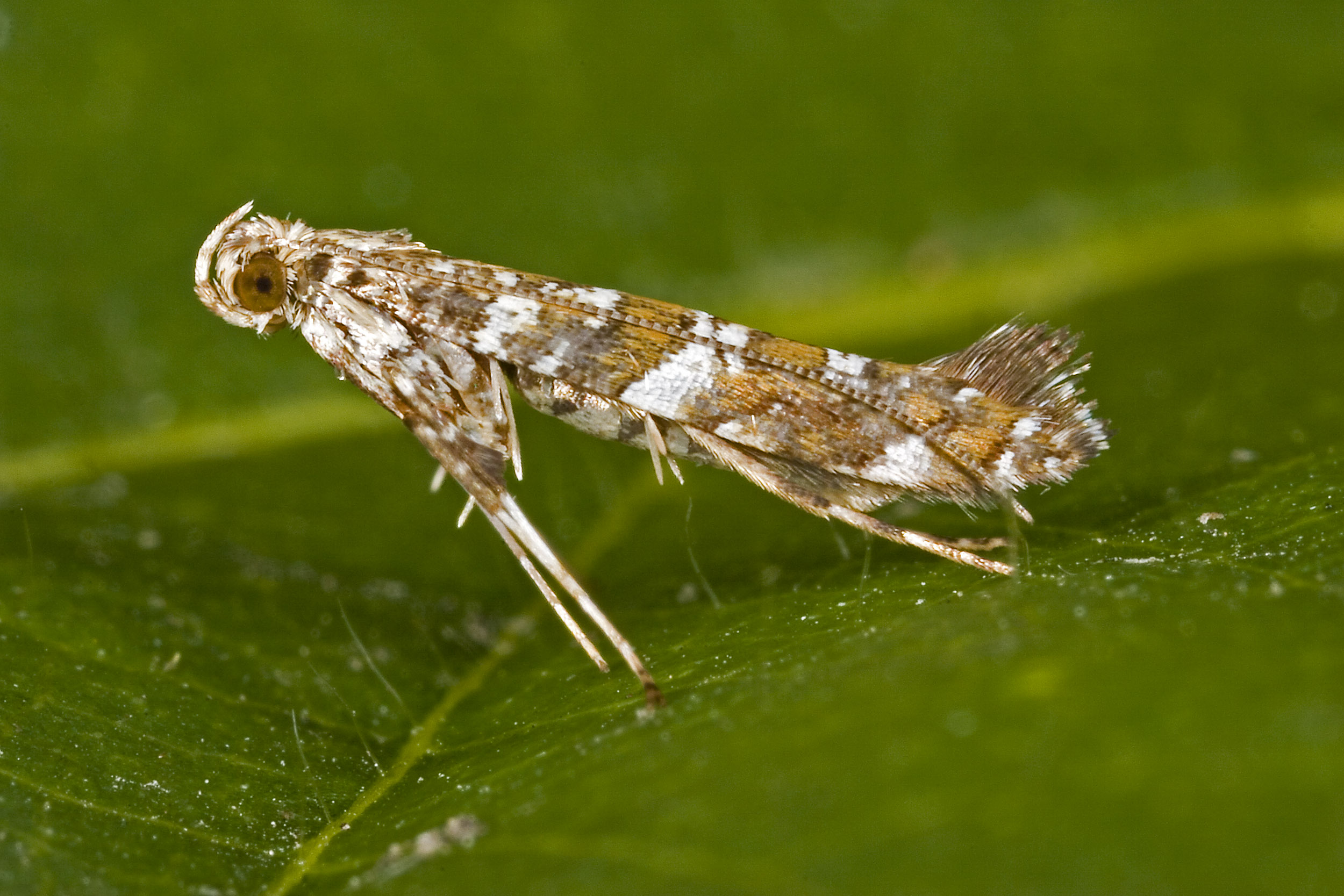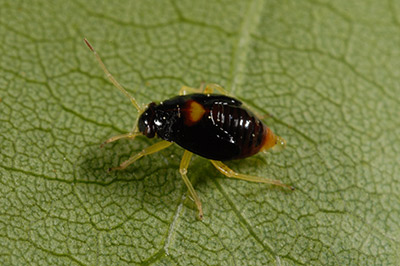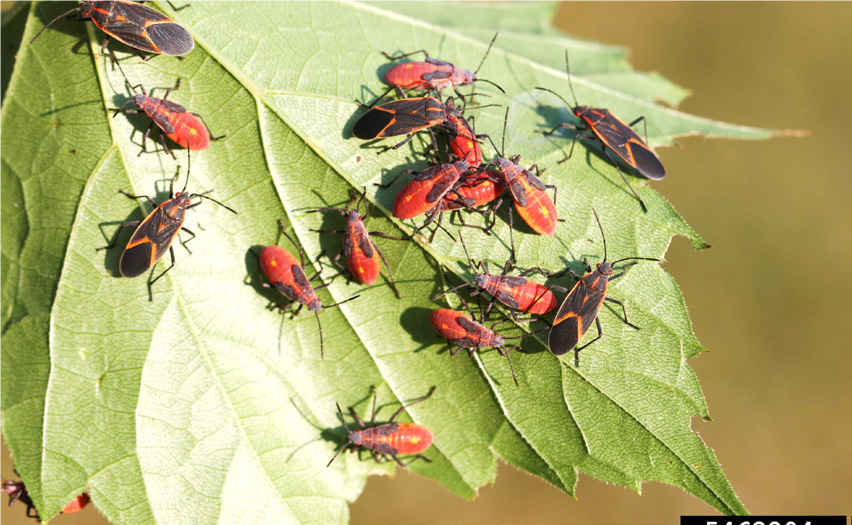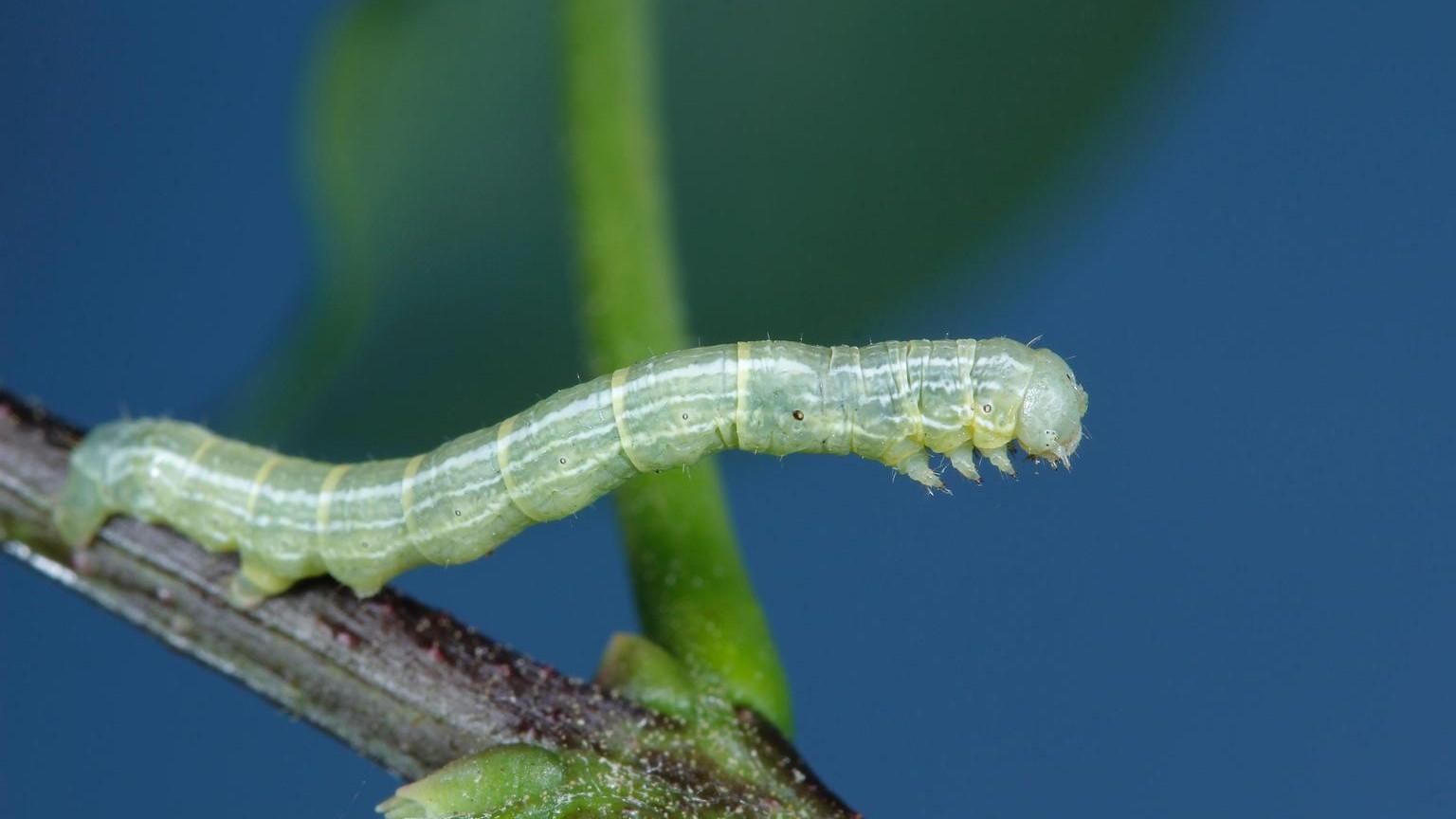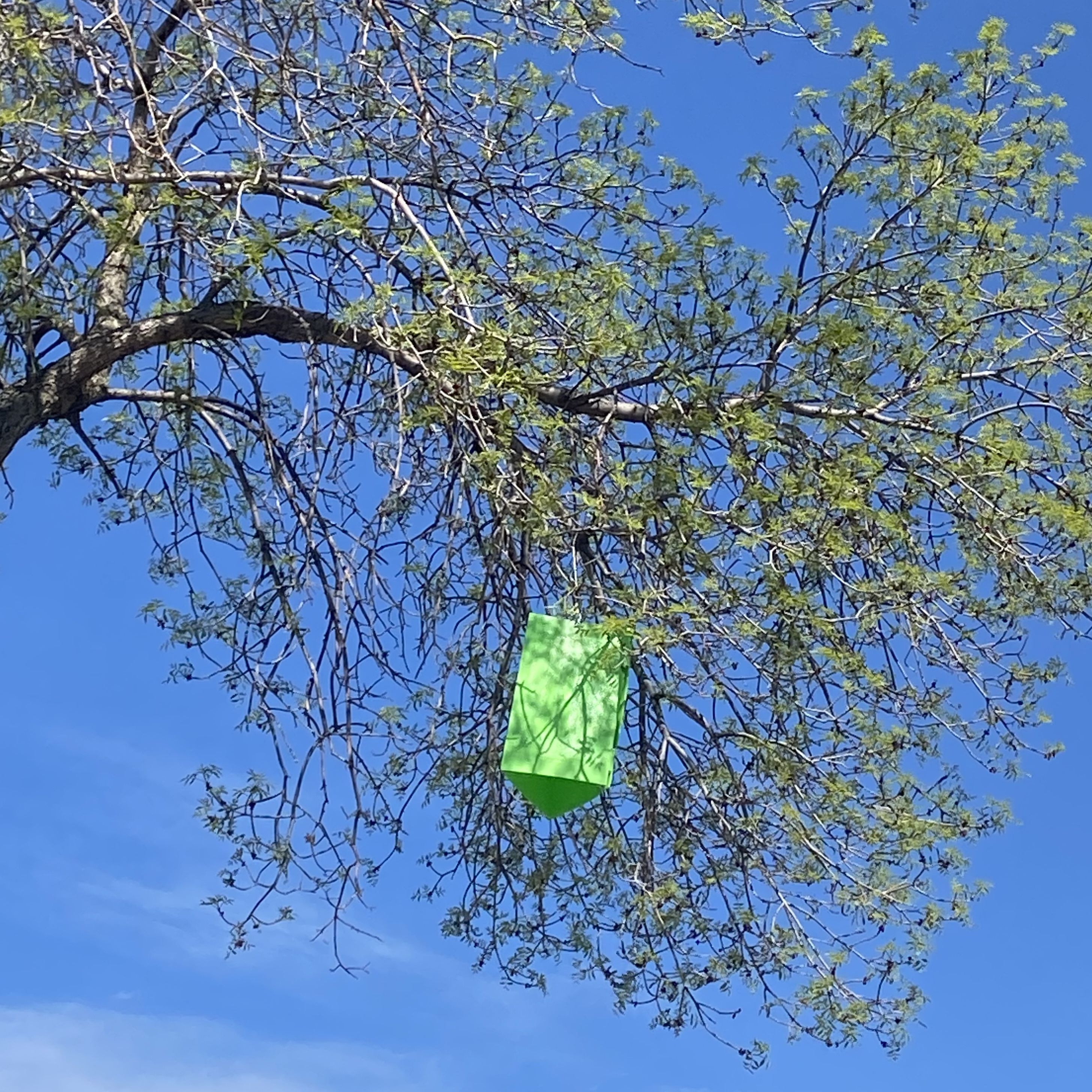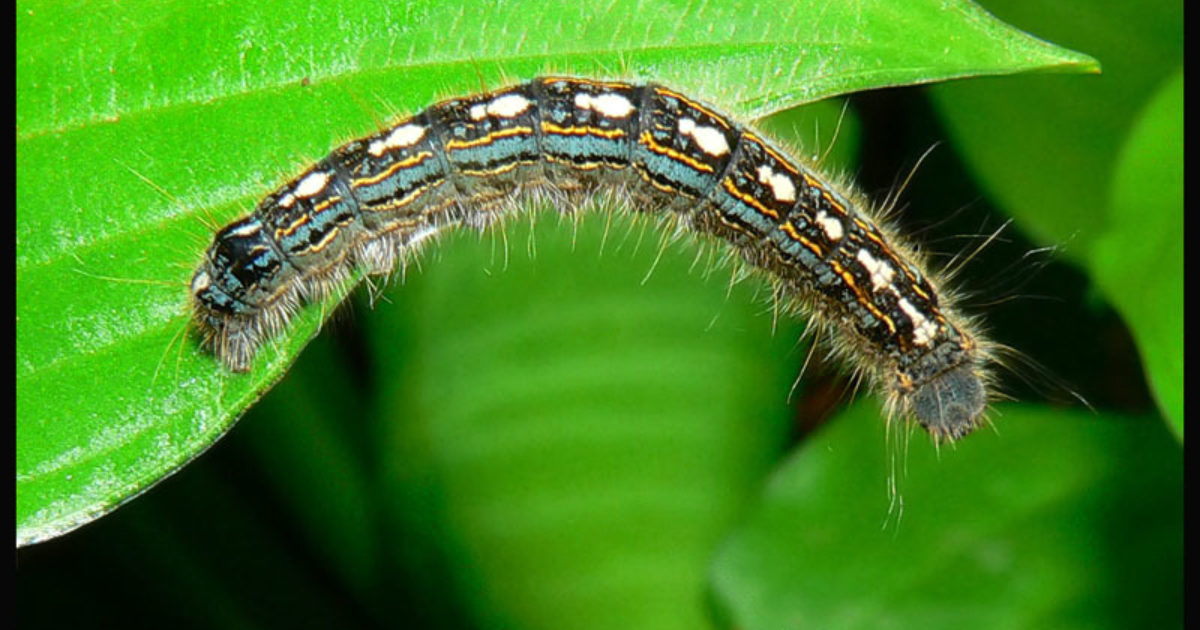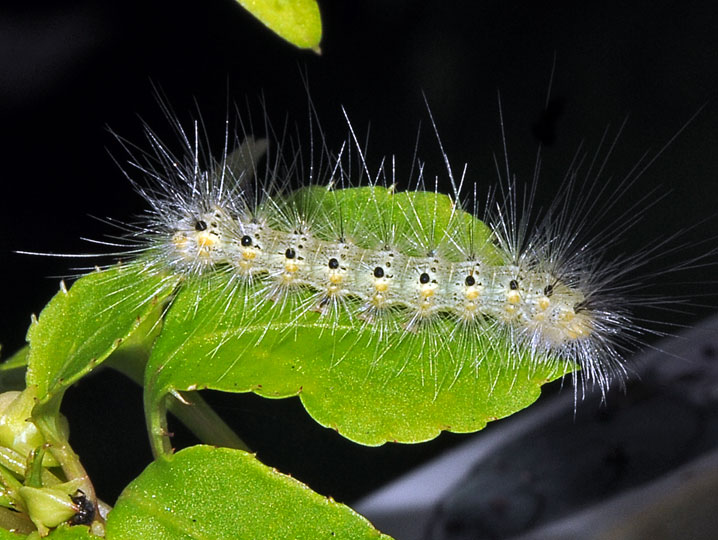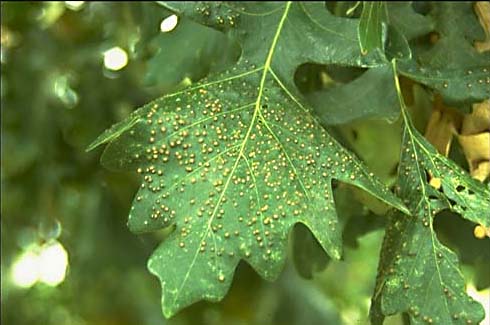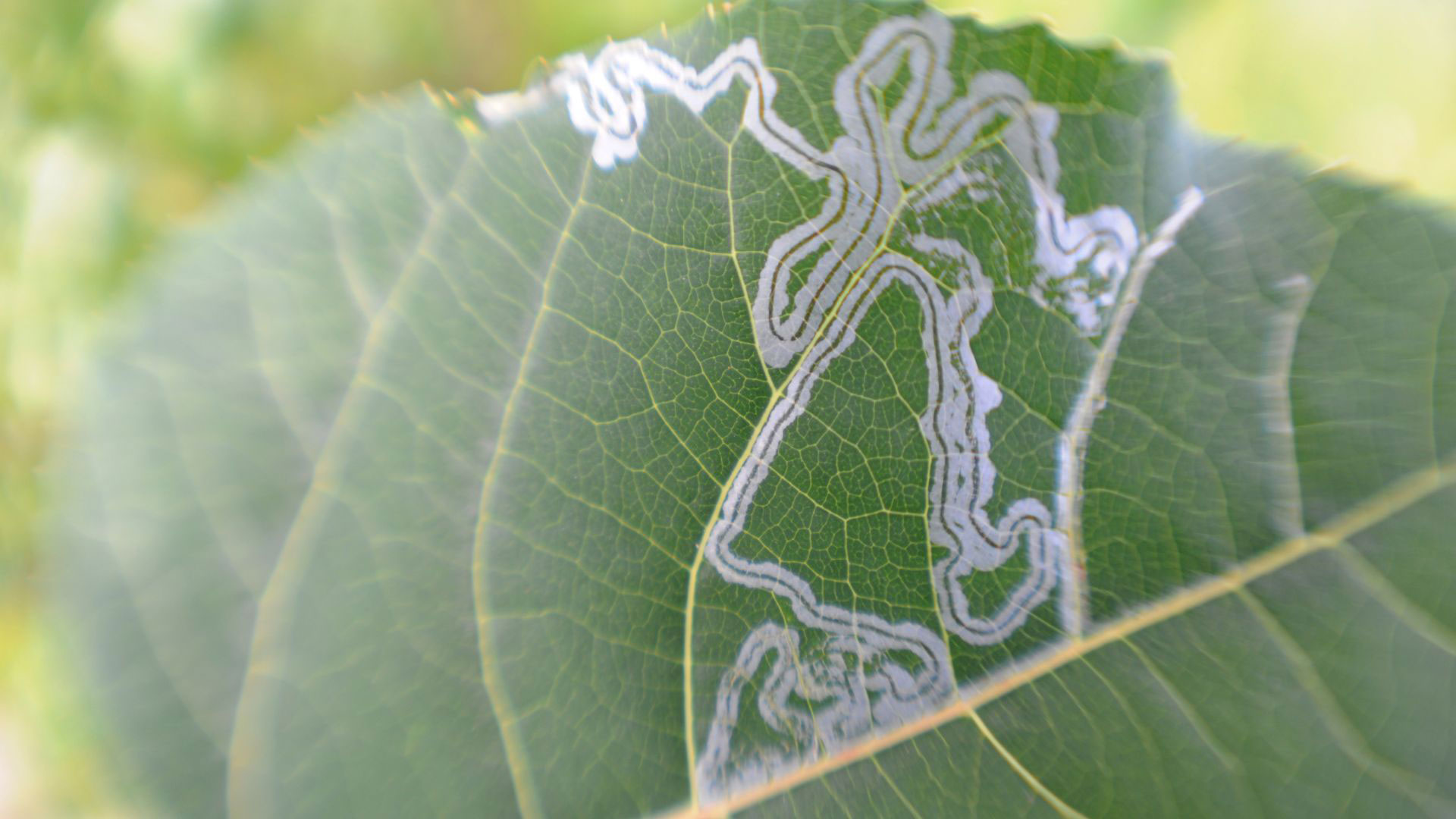What is Dutch Elm Disease?
Dutch Elm Disease is a vascular disease caused by two kinds of fungus. These fungi block water in elm trees, eventually killing them. The disease is spread by elm bark beetles and through roots of nearby trees. No elm tree species is completely safe from it. Trees can get infected by:
- Elm bark beetles that carry the disease
- Roots connected between trees
- Contaminated pruning tools
What does a tree with Dutch Elm Disease look like?
At first, an infected tree will have leaves on some branches that start to wilt and droop. The leaves might turn yellow, brown, and then shrivel up. As it gets worse, branches can die, impacting more nd more of the tree. If a tree gets infected in late summer, leaves may look like they're changing to fall colours early.
How is Dutch Elm Disease spread?
Elm bark beetles spread the disease. They can fly up to two kilometers searching for elm trees. Little spores of the disease stick to the beetle's body. These beetles then carry the disease to other elm trees.
What is the life cycle of the disease?
Elm bark beetles spend winter hiding at the bottom of elm trees. In spring, they fly to the tops of healthy trees to eat. They go to sick or dying trees to lay eggs, and the new beetles feed inside the tree's bark. By fall, these beetles grow up, fly to new trees, and bring the disease with them if they're from an infected tree.
What is the best way to prevent Dutch Elm Disease?
- Don't keep or move elm wood. Provincial regulations prohibit the storing or transporting of elm wood. Elm wood must be disposed of at the City landfill.
- Avoid pruning elm trees during the provincial elm pruning ban from April 1 to August 31.
- Remove dead or dying branches quickly because beetles like to breed there.
- Clean your tools after working on elm trees.
- Report any sick-looking trees to the City.
More information on Dutch elm disease and the City's response plan can be found here.
